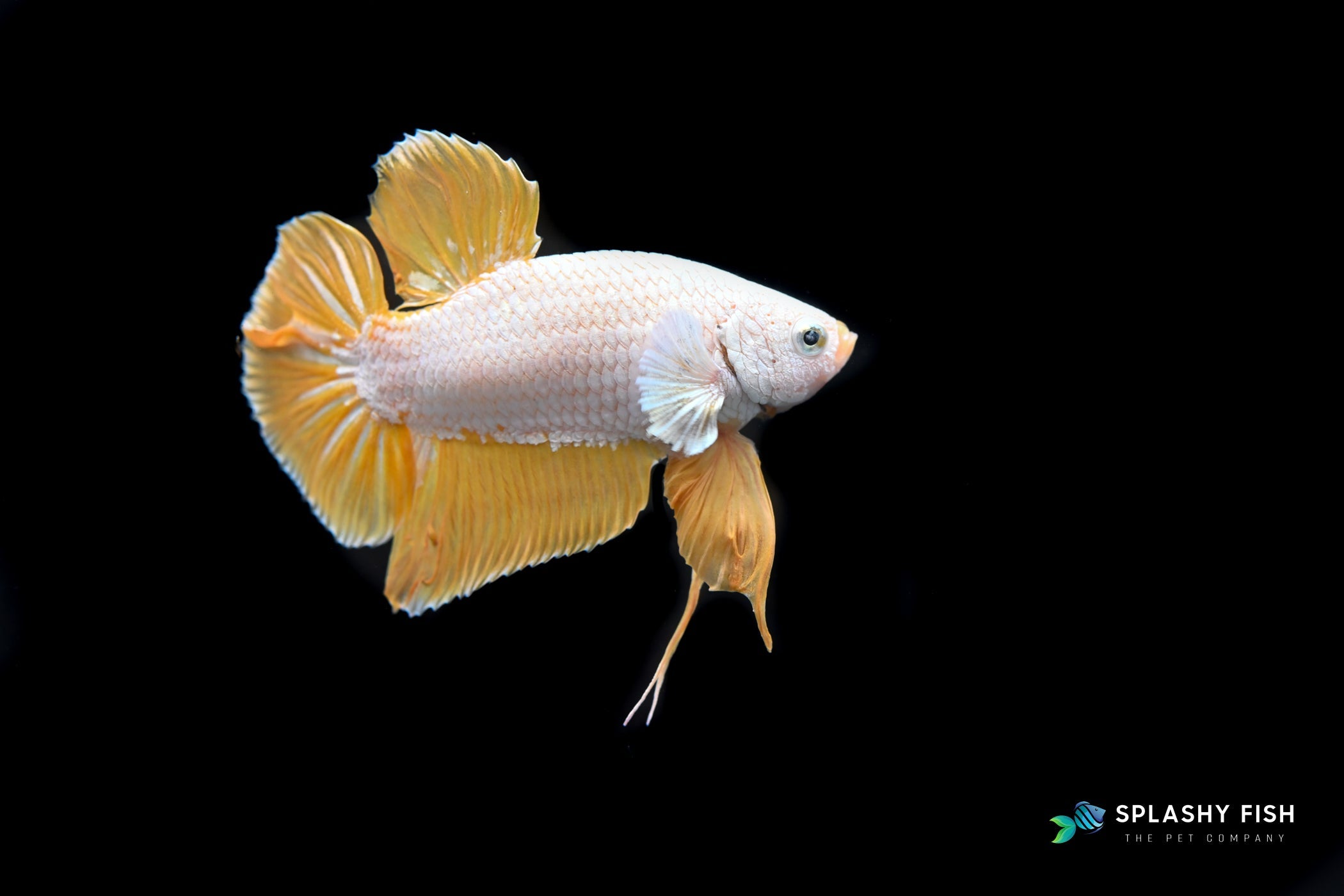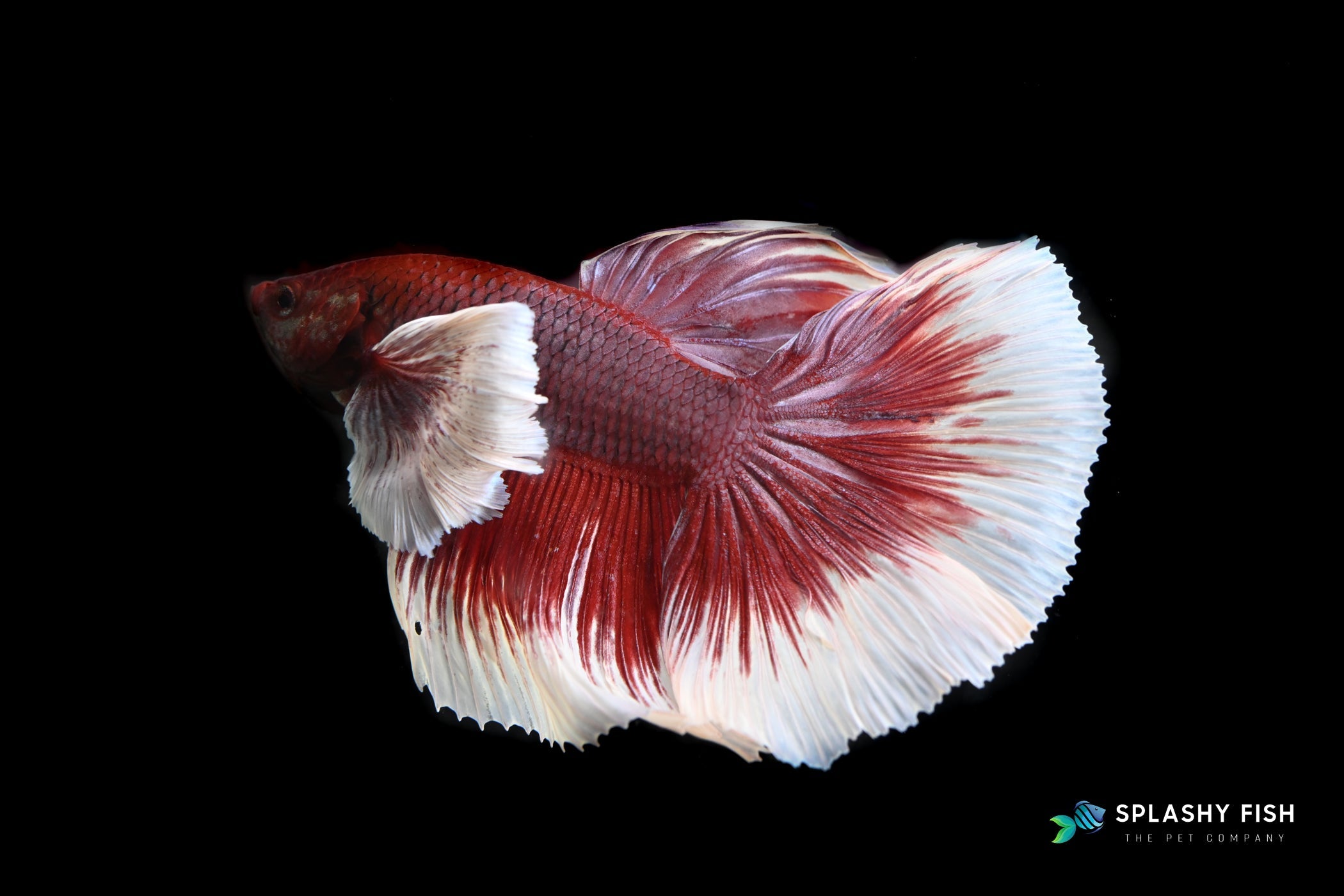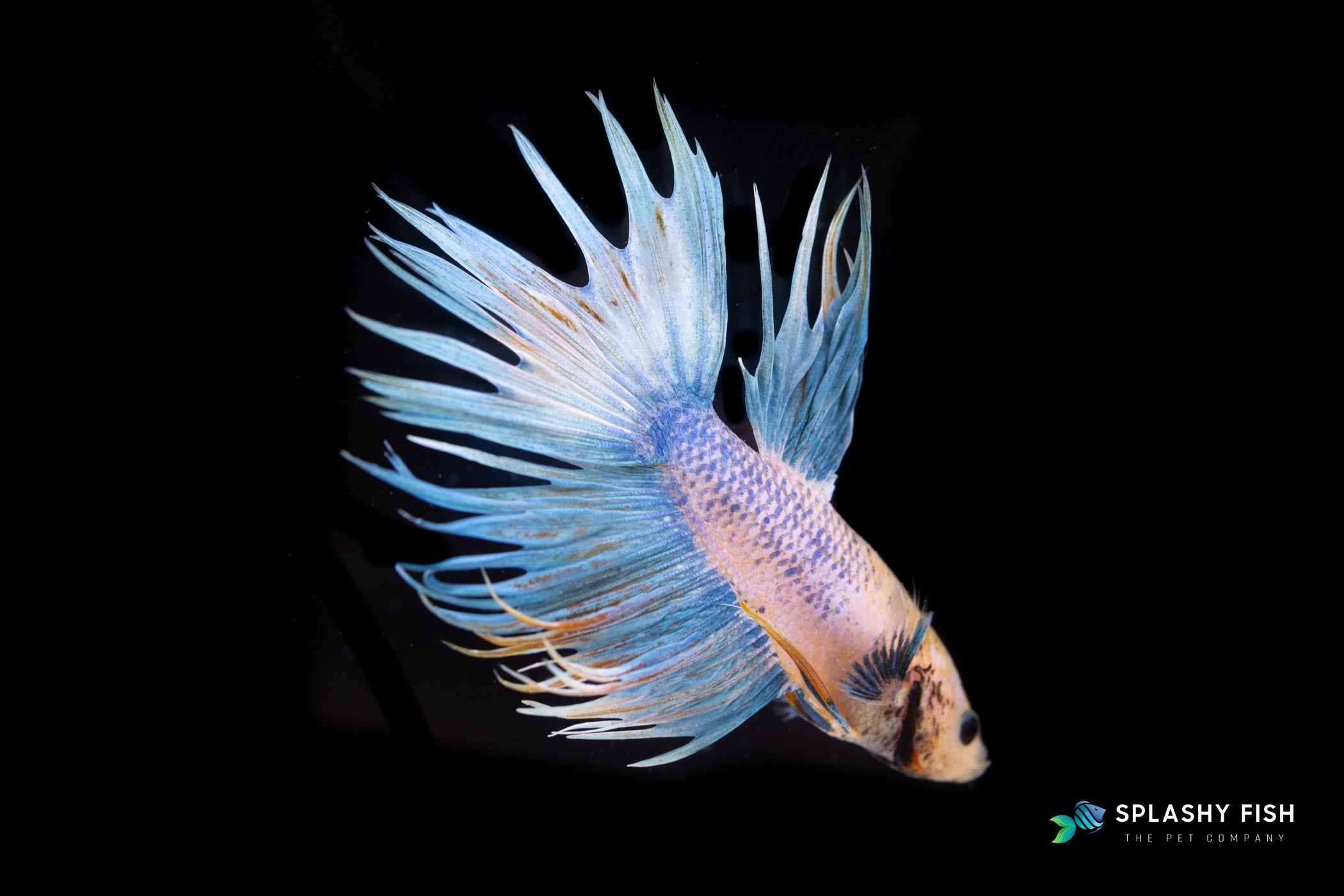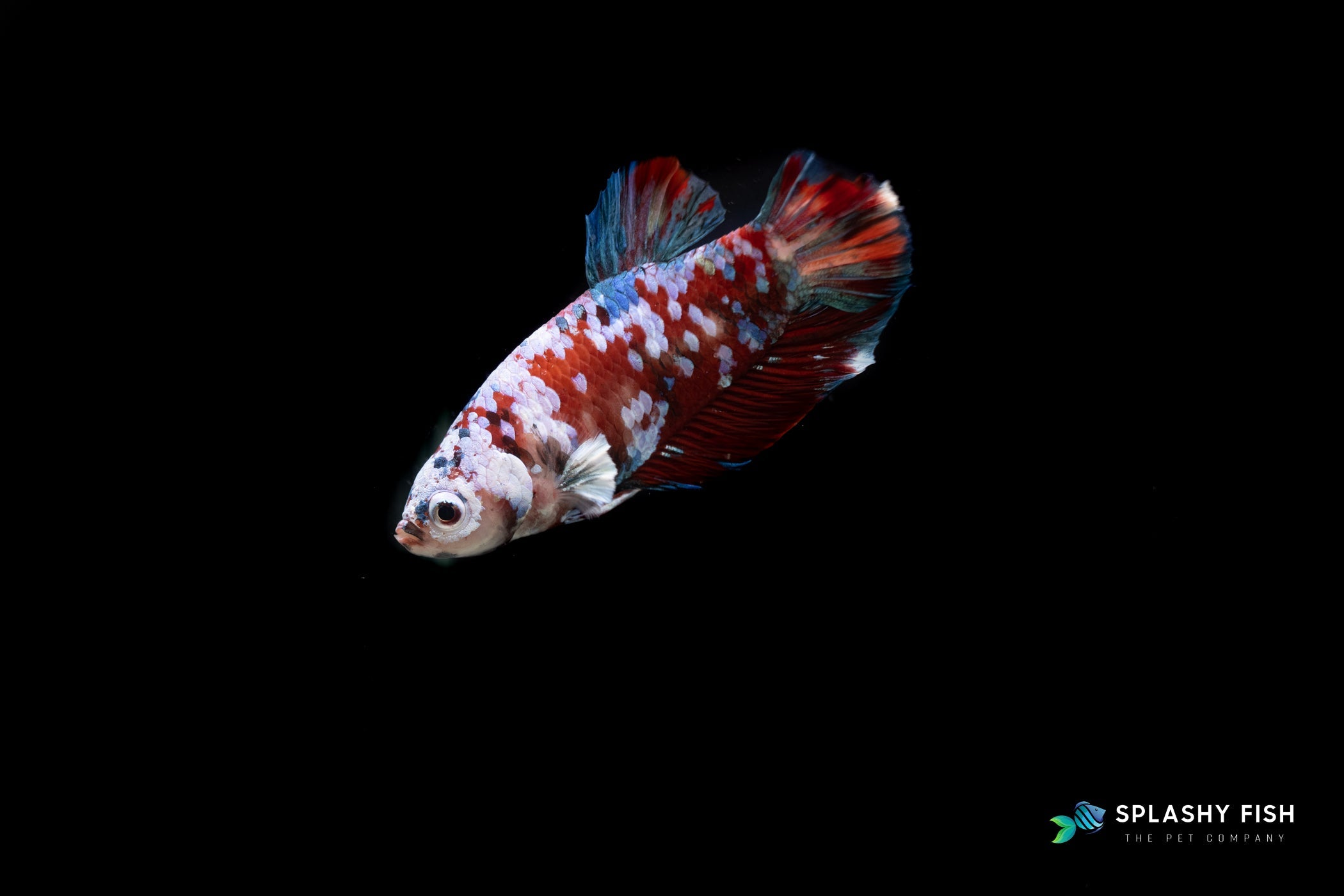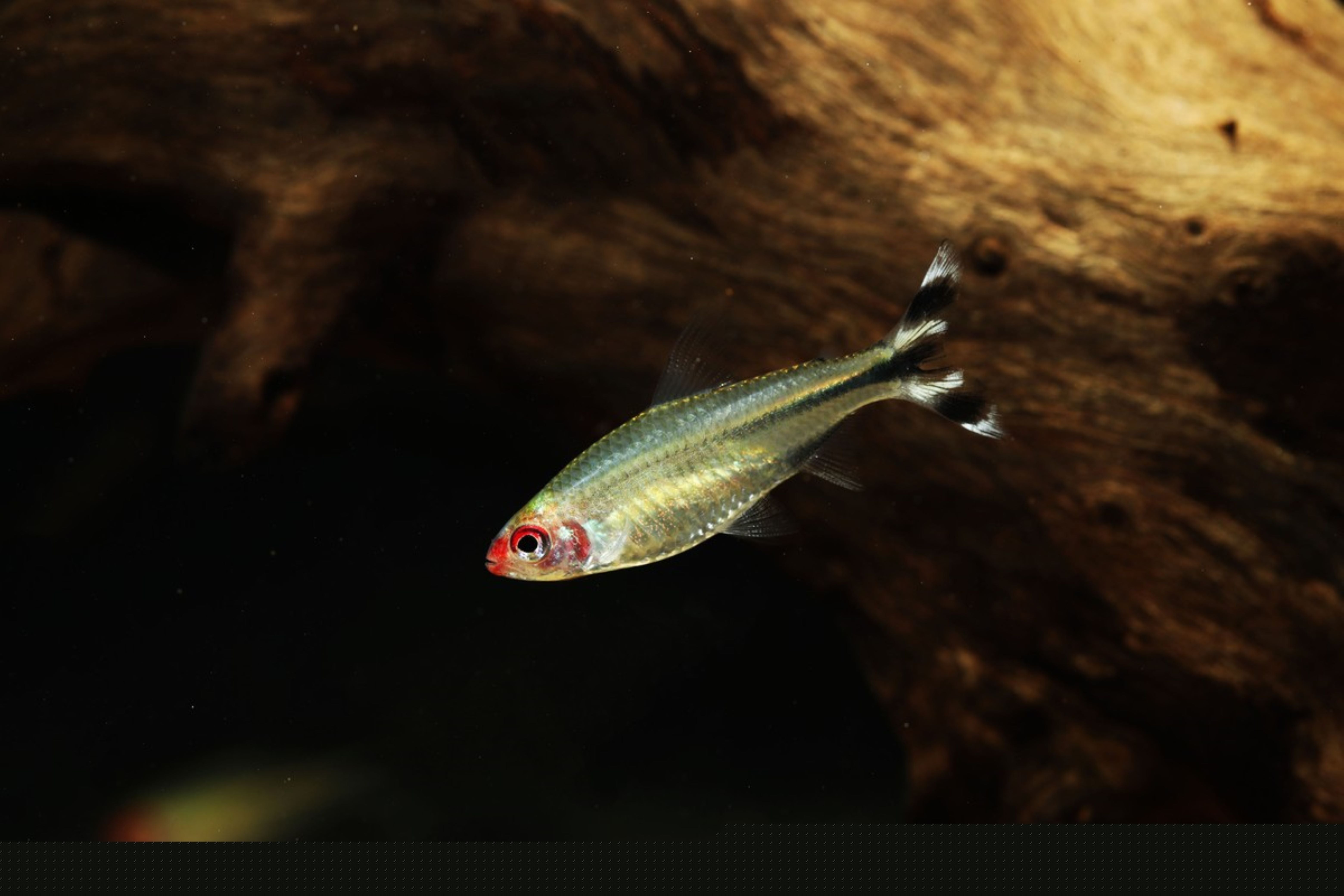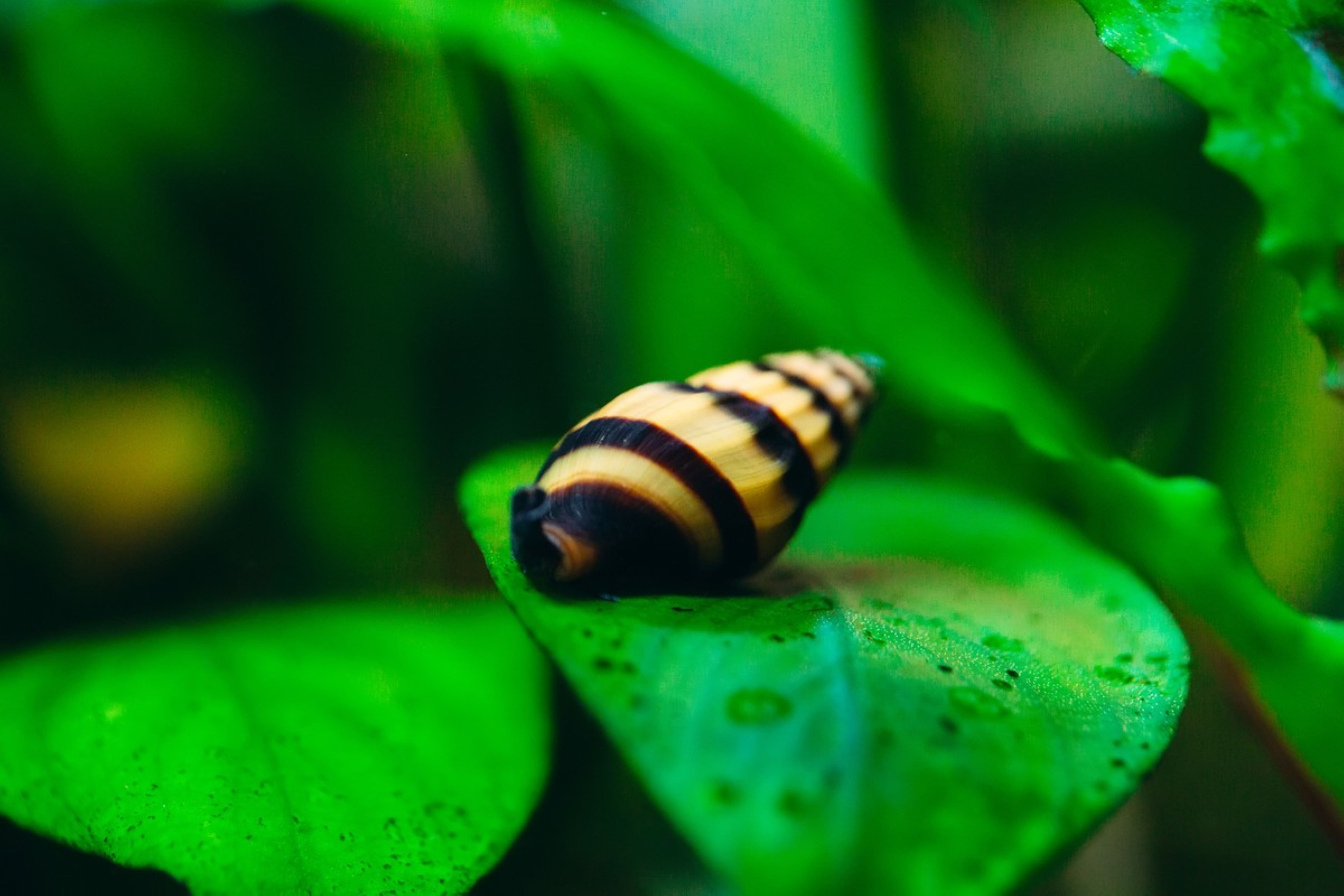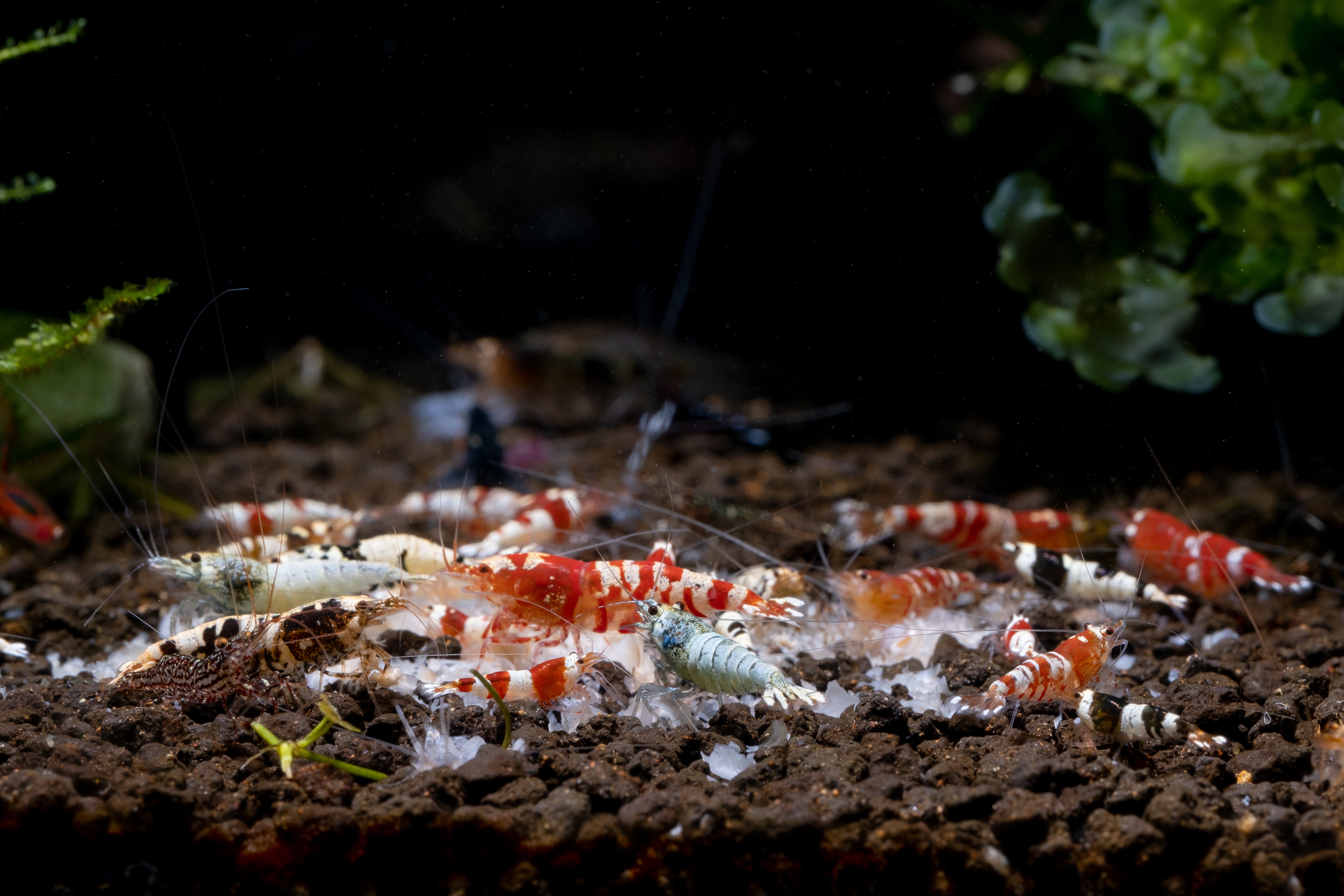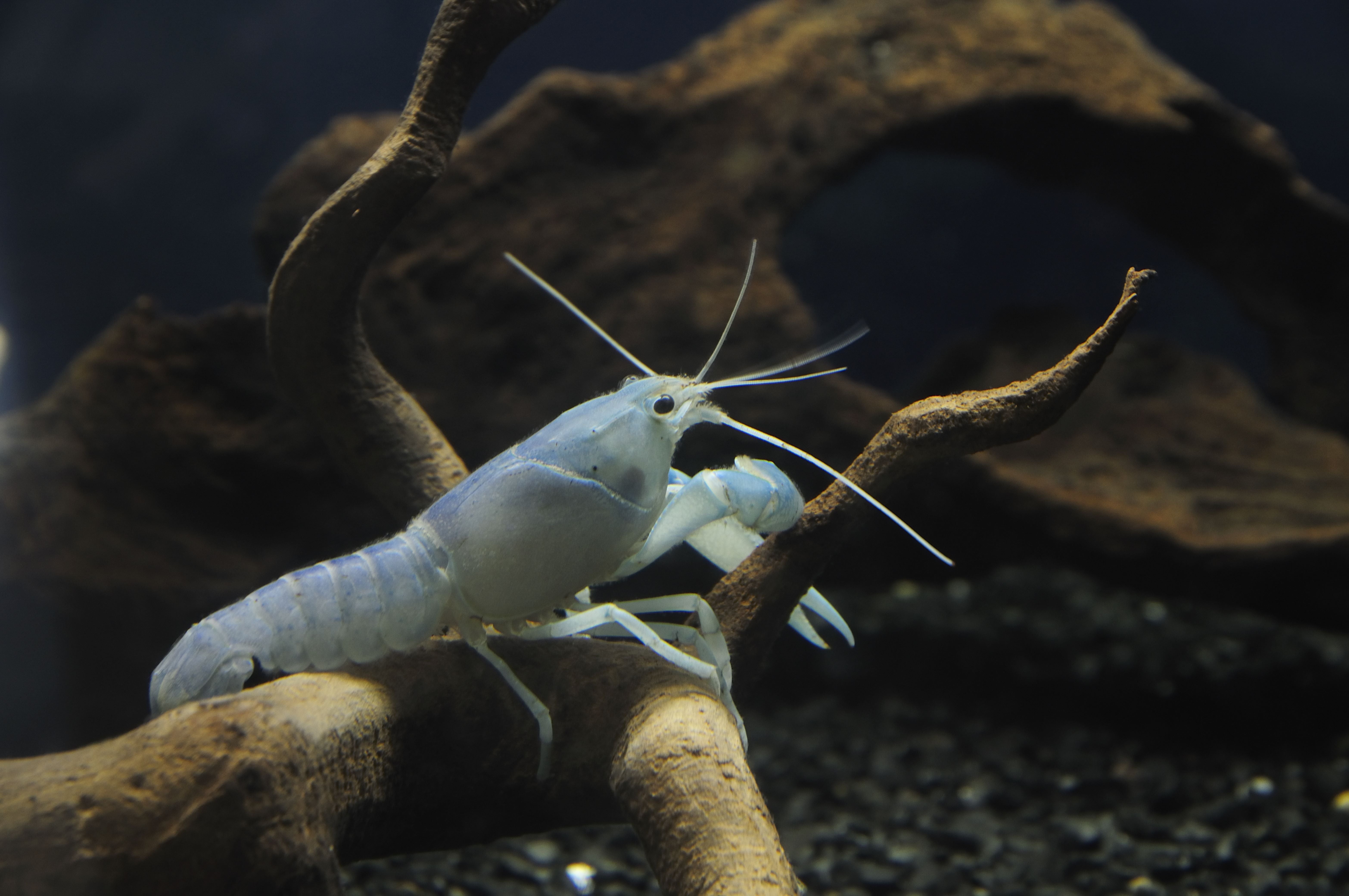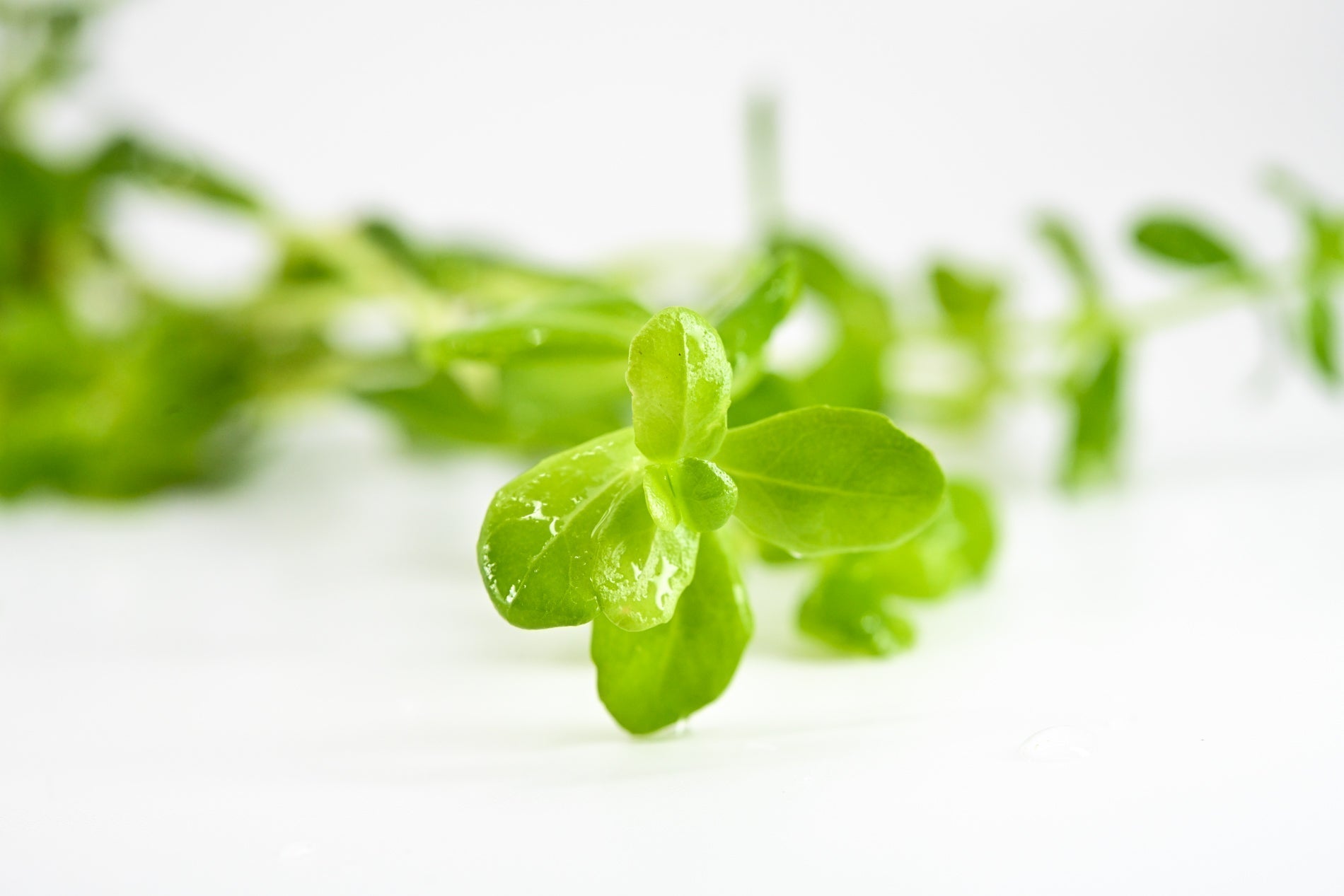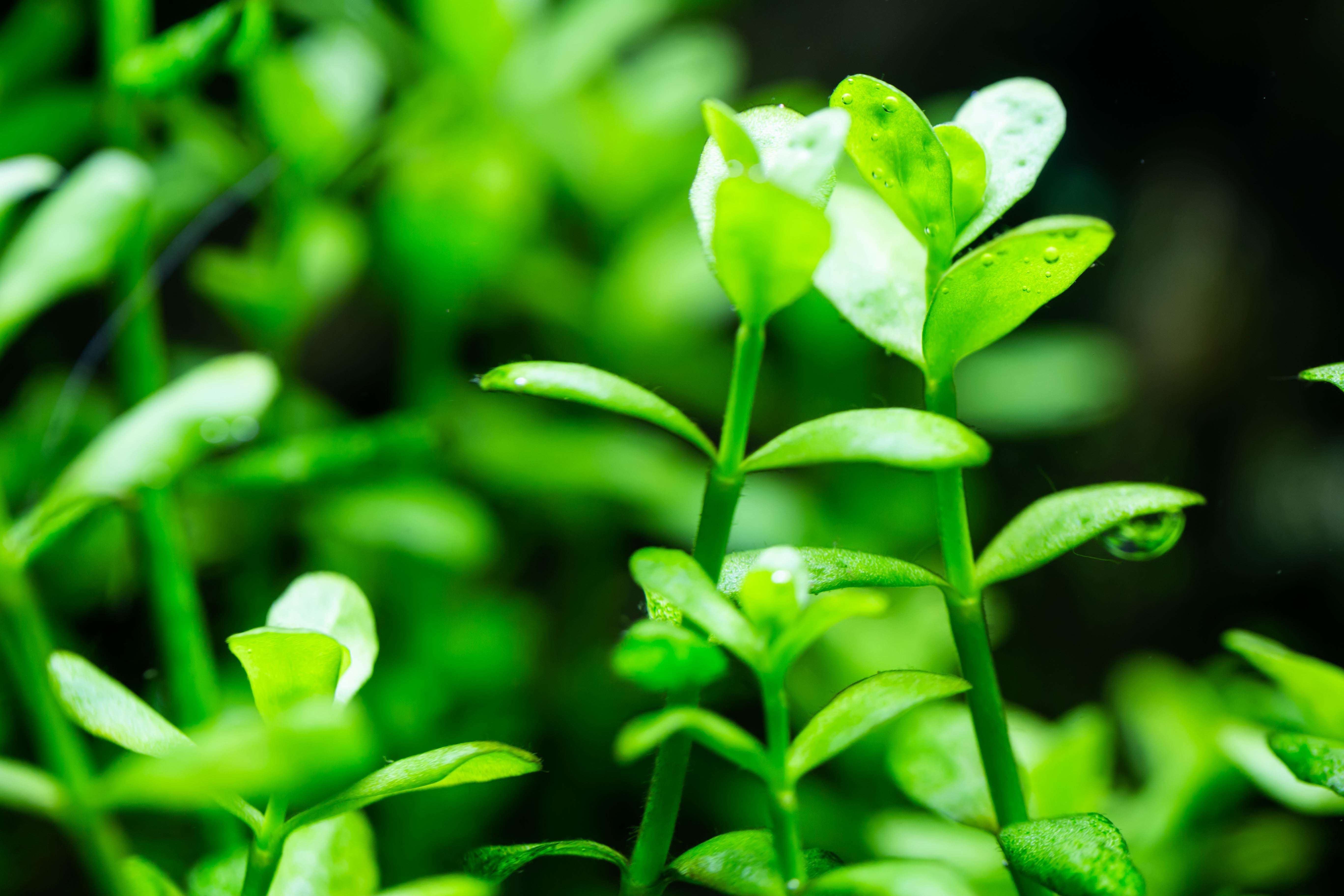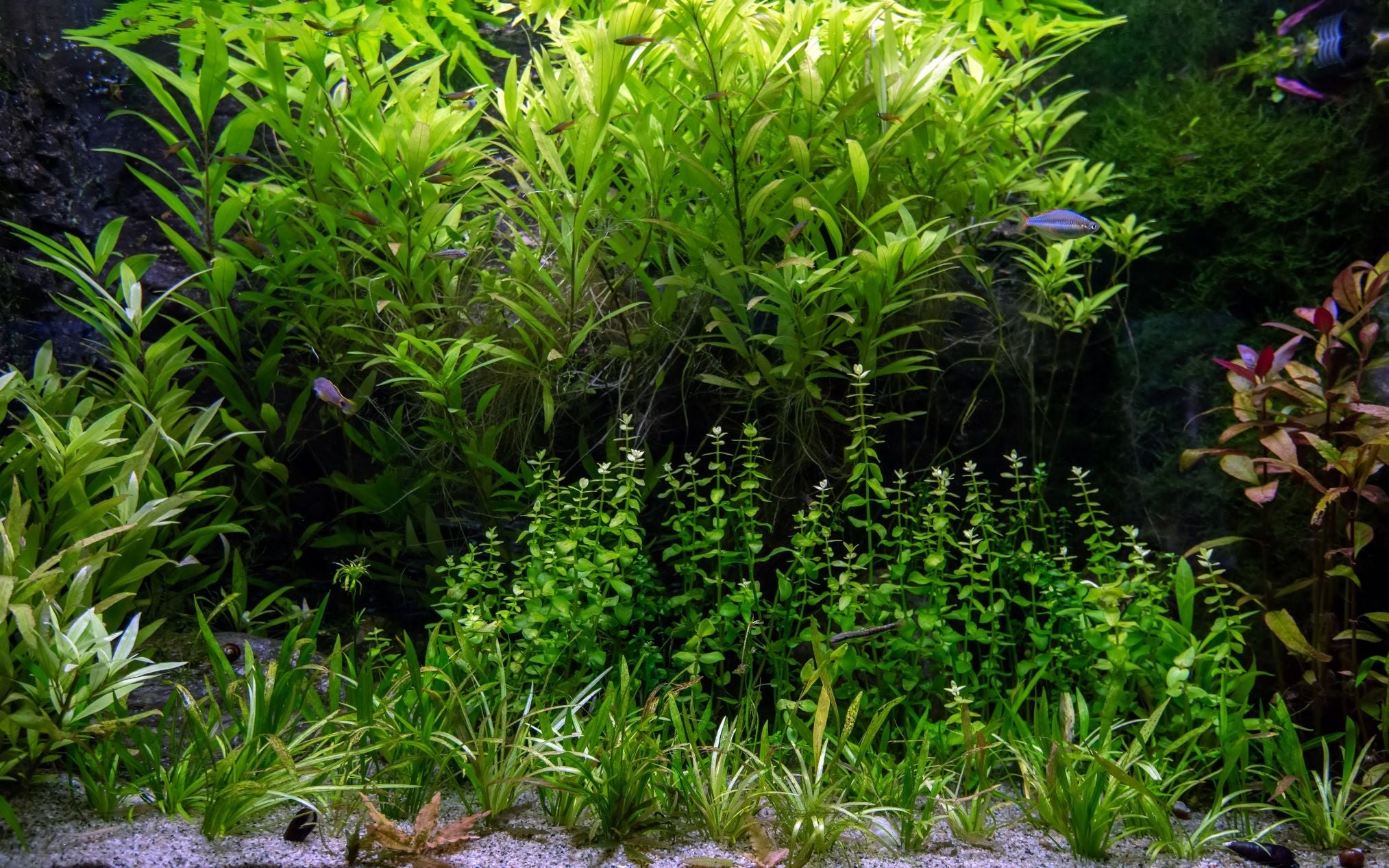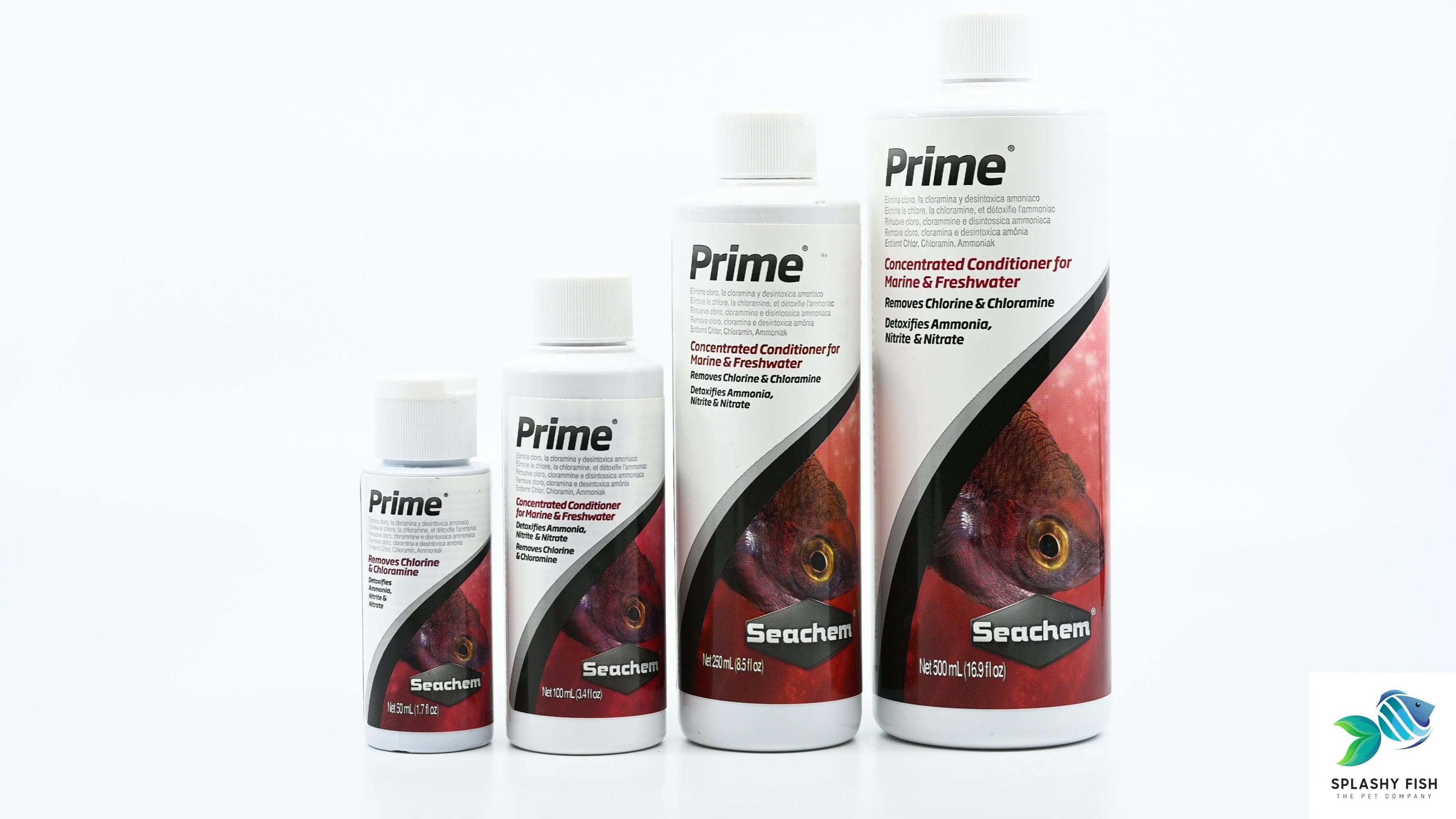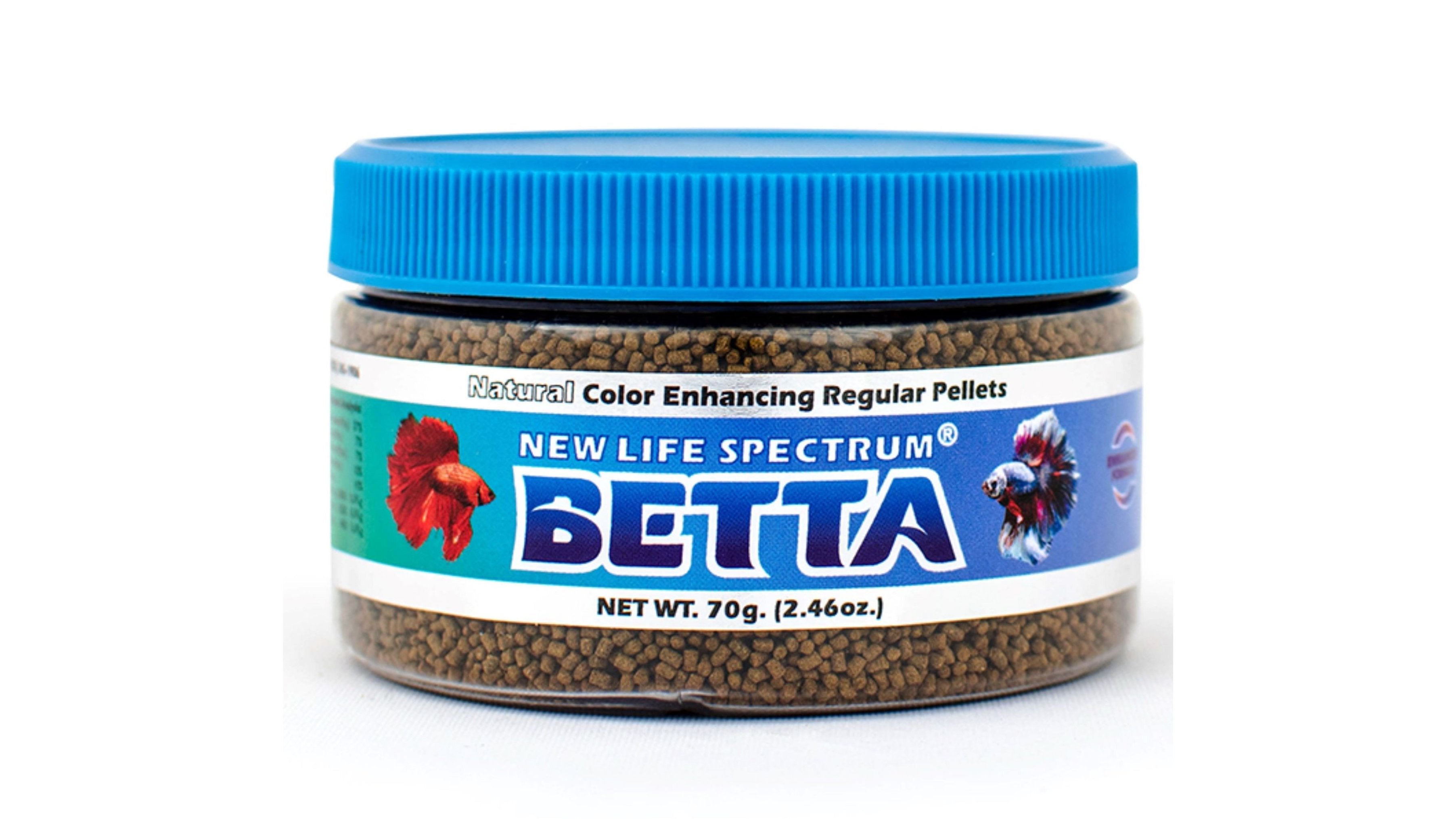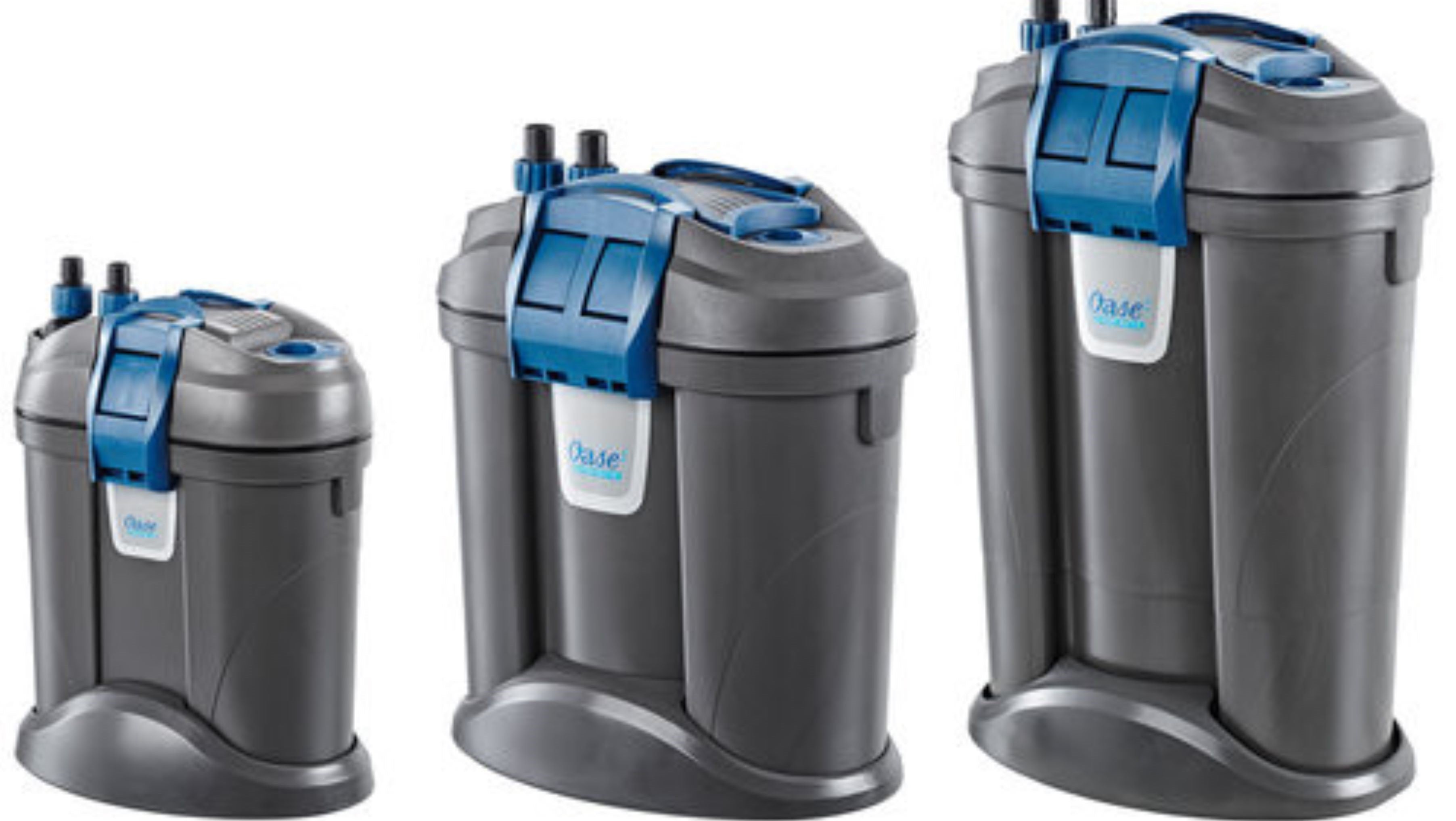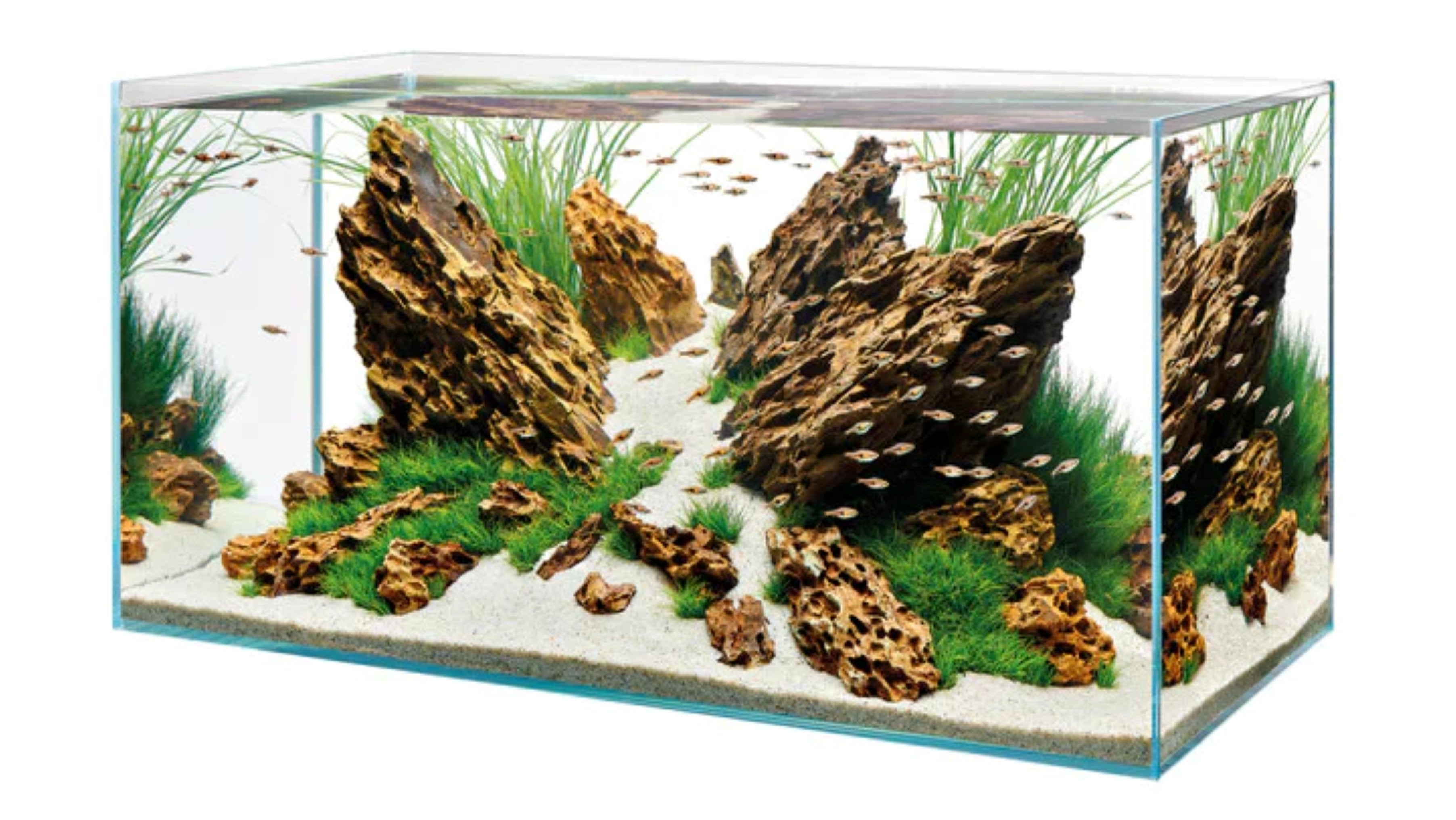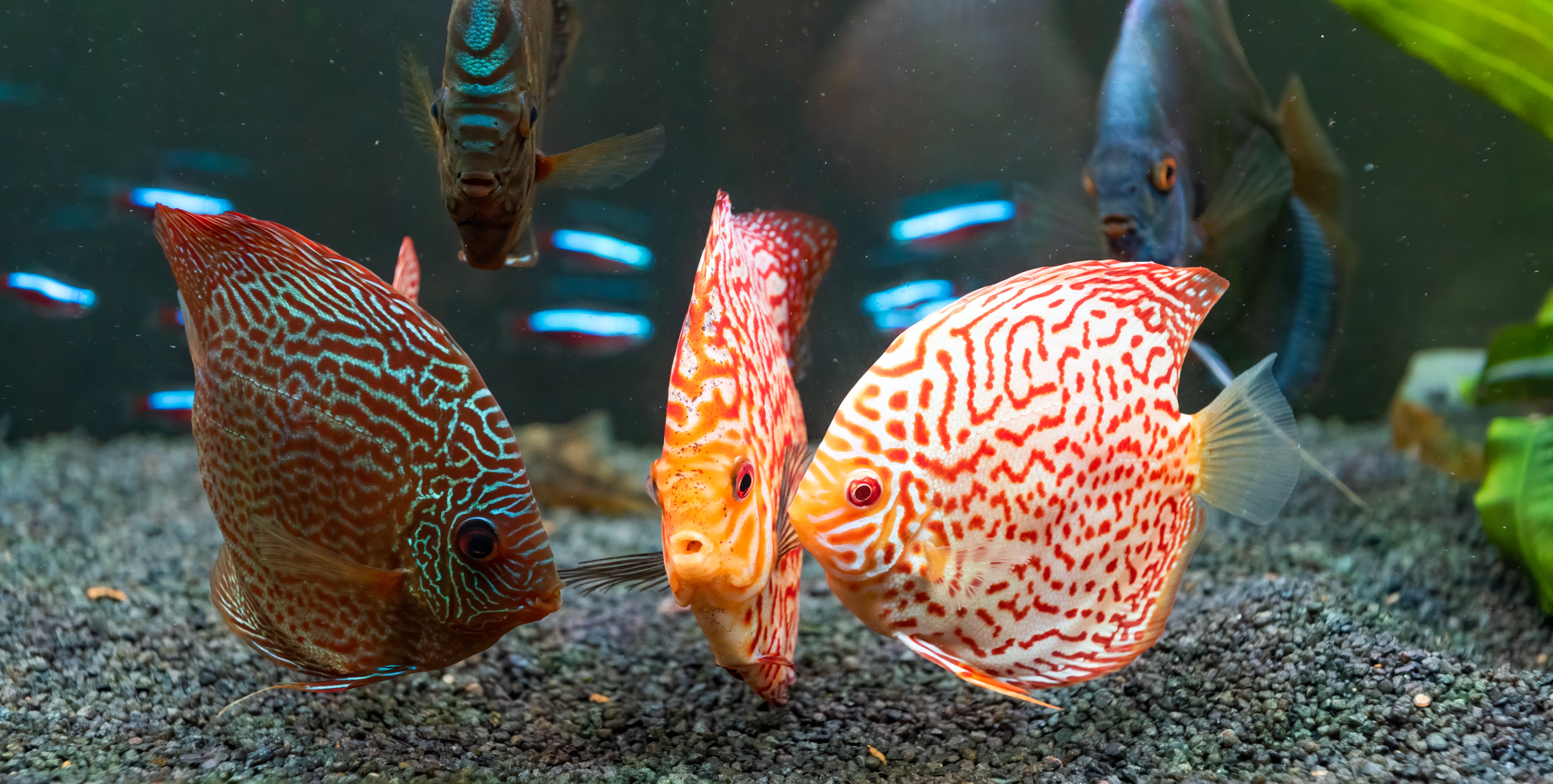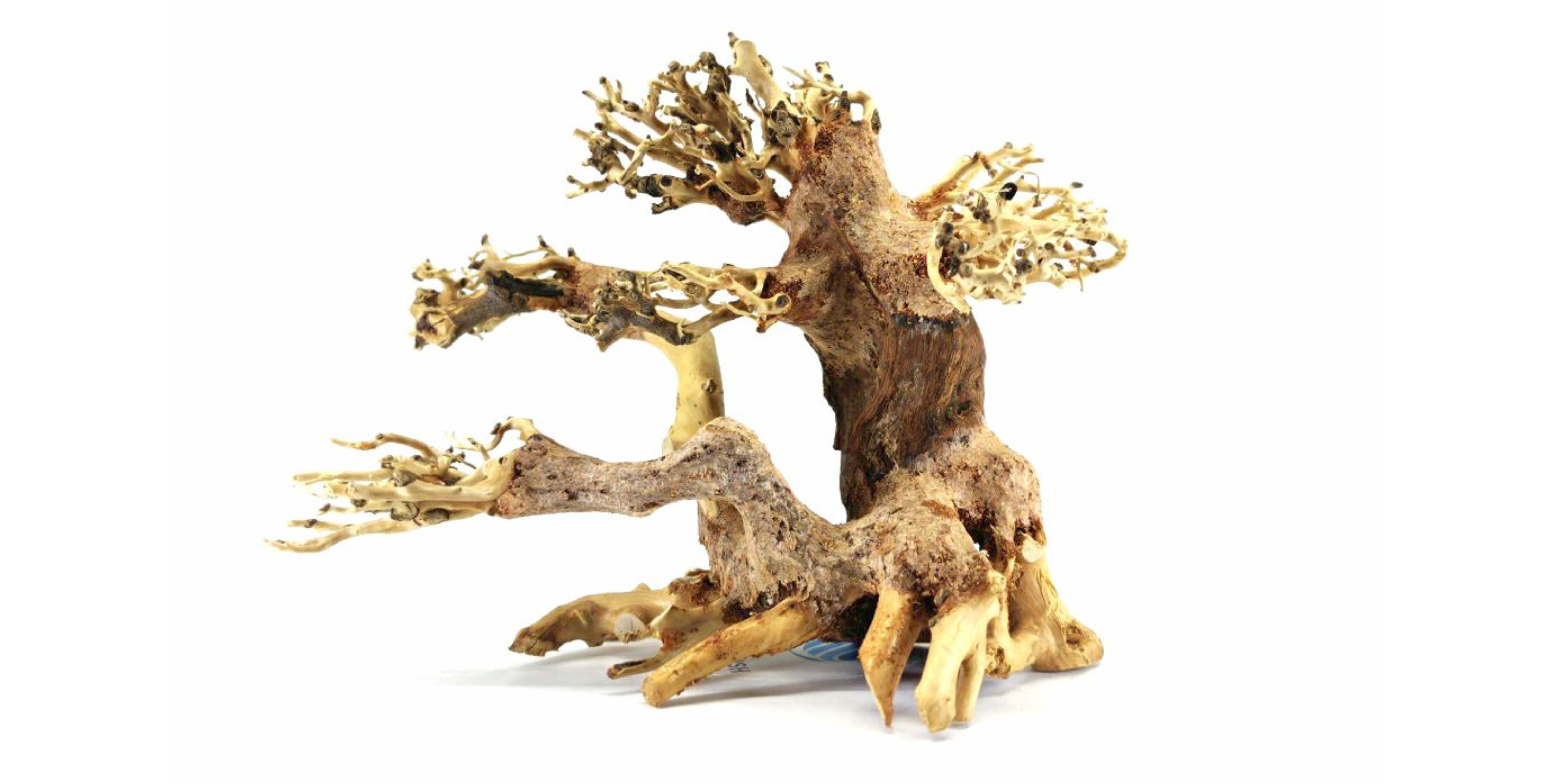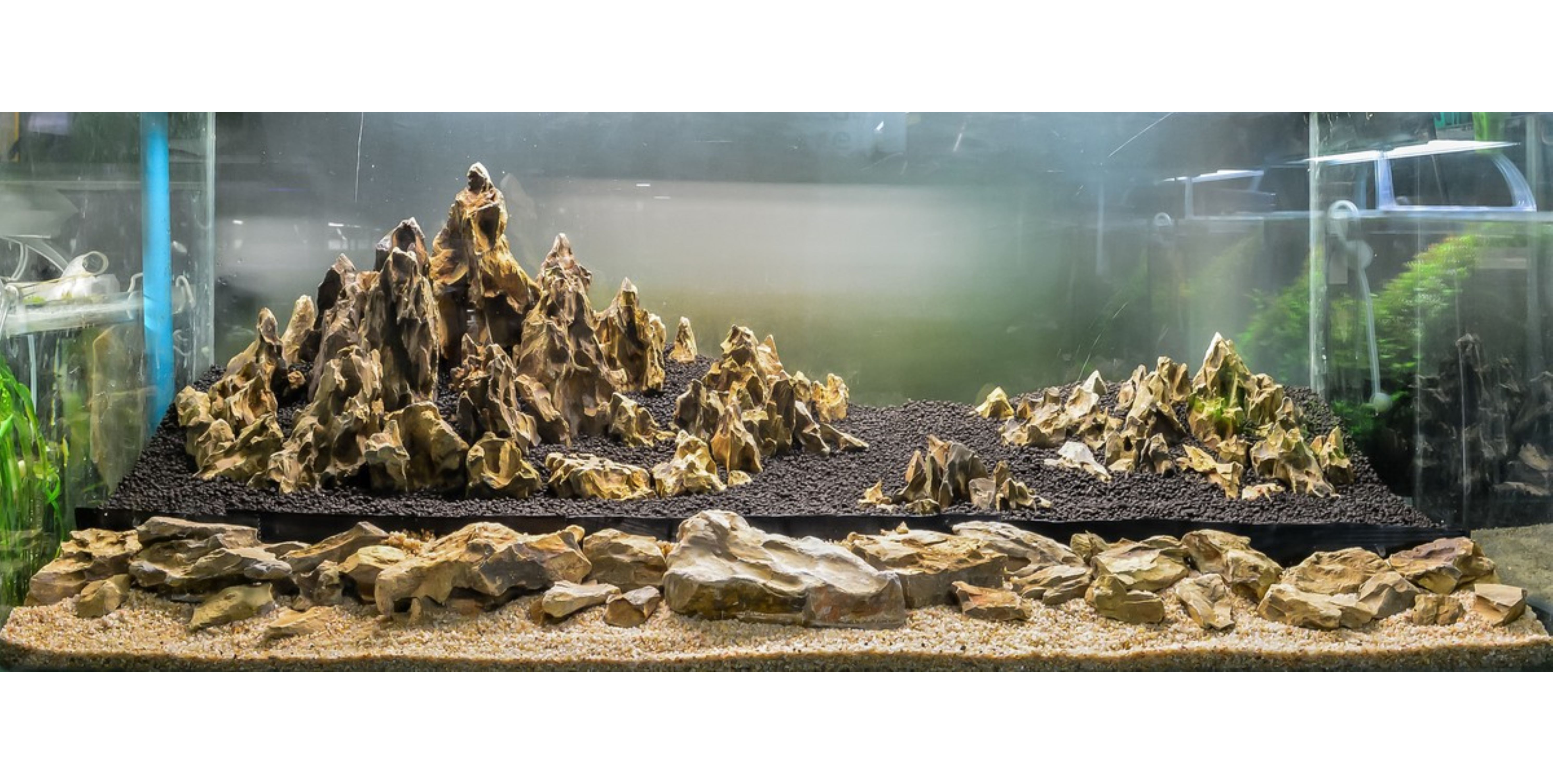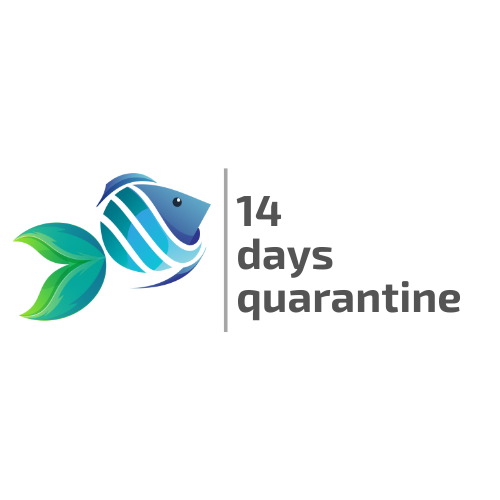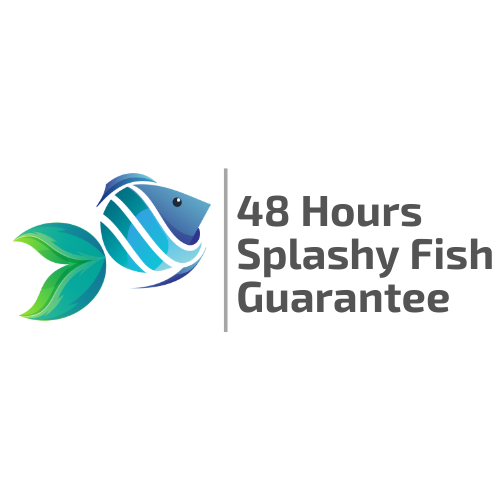Table of Contents
Fancy having Neocaridina Shrimp as pets, but unsure how to keep them? Don’t worry, let us sort it out for you. Hardy, adaptable, and easy-to-keep as they are, it is not exaggerated to say Neocaridina Shrimp are an ideal choice for any aquarist, especially beginners who have a great passion for cute shrimp. In this article, Splashy Fish will reveal everything you need to know when keeping Neocaridina shrimp to make them thrive in an aquarium.
Neocaridina Shrimp Appearance
Neocaridina shrimp are small crustaceans with translucent, elongated bodies. Their normal size in length may be up to 1.5 inches. They are best known for their beautiful solid coloration, for example, red, blue, yellow, black, and orange. You may find it in the most common Neocaridina Shrimp, such as Sakura Red Cherry Shrimp, Fire Red Cherry Shrimp, Bloody Mary Shrimp, Sky Blue Shrimp, Blue Velvet Shrimp, Blue Dream Shrimp, Yellow Shrimp, Yellow Golden Back Shrimp, and Orange Shrimp.
Neocaridina Shrimp will also be graded differently depending upon the color brightness and intensity. Nevertheless, color change may also happen (turn pale or extremely bright) due to various reasons (such as inappropriate nutrition, parameters, neighbors, environmental surroundings).
Fact: Neocaridina Shrimp’s natural coloration is greenish-brown. Their current coloration (mostly seen in fish stores) is the result of selective breeding.

Image of Neocaridina shrimp colony
Neocaridina Shrimp Behavior
Neocaridina shrimp should be kept in groups as they have schooling behavior. A tank of 5-gallon aquarium tank is recommended for a small group, and a 20-gallon tank would be perfect for a colony. Neocaridina Shrimp are generally found in streams and ponds. As such, to replicate their natural habitat, you can put some live aquarium plants and aquarium substrate in your aquarium. The most chosen live aquarium plants are Java moss, Baby Tears, Green Cabomba, and Cladophora algae. Driftwood is also encouraged, as Neocaridina can feed on algae growing thereon.
Tips: Neocaridina Shrimp will acquire a richer color when kept on dark soil. To serve this purpose, you can put Fluval Stratum substrate in your aquarium.
Neocaridina Shrimp Water Parameters
Although Neocaridina Shrimp can adapt to a wide range of water conditions, it requires stable water parameters. You can refer to the below.
- Temperature: 65o - 80oF (~ 18.3o - 26.6oC)
- pH: 6.4 – 8.0
- kH: 0 – 10
- gH: 4 - 14
- TDS: 80 - 200
- Water change: 20% per 7-10 days
One important thing you should always bear in mind is that no nitrite, ammonia, or copper is allowed in a tank environment. These are regarded as toxic to Neocaridina Shrimp.
Visit here to get detailed information about Set Up An Ideal Neocaridina Shrimp Tank.
Neocaridina Shrimp Diet/ Feeding
They can accept algae, debris, frozen bloodworms, leaves of fruit trees, and seaweed. However, as noted above, nutrition will affect their appearance. If they only feed on frozen food, their shell shade will be saturated, or if they frequently eat flakes, their coloration may turn pale. To prevent this from happening, you should balance their diet between vegetation and other artificial fish food.
Since Neocaridina Shrimp are tiny, and they may find their food in the surroundings, you do not need to feed them frequently. Once a day is enough. Keep in mind that the quantity should be fed up in a couple of hours. If not, you will need to remove the leftovers because they will adversely affect the water’s quality and the shrimp's health.
Neocaridina Shrimp Tankmates
They are peaceful creatures and can get along well with small, calm, non-aggressive freshwater fish such as Platies, Guppies, Mollies, Zebra fish, or Corydoras fish. Besides that, freshwater snails like Ramshorn snails and Nerite Snails are also good tank mates for Neocaridina shrimp. Despite that fact, they are still considered vulnerable and are harmed by small fish, especially those that are active and mobile. Be careful when you pick up tank mates for your dwarf shrimp, or else they may suffer constant stress, which will make their appearances turn pale or even die.
Some unsafe “neighbors” include Angel fish, Goldfish, Bettas, Cichlids, Pacu, and Discus.
Visit here to explore more Tank Mates for Neocaridina Shrimp.
How to Breed Neocaridina Shrimp
You don’t need to have any special preparation for this stage. They are easy to care for and so easy to breed. What you need to do is provide them with good conditions, for example, covering your filter with a pre-filter (e.g., sponge filter) so the newborn won’t get stuck, and they can independently reproduce and increase their population. It'd be better to keep them in a separate tank when they are in the breeding period. This is because their newborn is likely eaten by small fish regardless of friendliness or not. The abundance of live aquarium plants is necessary as it provides not only strong shelters for baby/ young shrimp petsbut adequate food as well.
Neocaridina Shrimp Molting
You may sometimes see their crystal shell floating in the water. They are simply molting. It happens when Neocaridina Shrimp grow up and the current shell no longer fits them. In this stage:
- Your Shrimp are in extreme defenselessness because their new “protection” may not harden enough. Thus, they may hide themselves in the live aquarium plants until it firms up.
- Calcium in the water plays an important role as Neocaridina shrimp use it to help build their shells. Make sure you supplement them with enough calcium (in both water and food).
- There is no need to clean the shed shell. Your Neocaridina Shrimp are happy to eat it to supplement their nutrients.
Visit here to explore more about the Freshwater Shrimp Molting Process.
Conclusion
Neocaridina shrimp are among the most beginner-friendly freshwater invertebrates, loved for their bright colors, adaptability, and ease of care. With stable water parameters, a balanced diet, and a safe, well-planted environment, these dwarf shrimp can thrive, breed, and bring life to any aquarium. Whether you’re keeping Sakura Red, Blue Dream, or Golden Back Neocaridina, their active personalities and vibrant hues make them a delightful addition to community tanks. For aquarists who want hardy shrimp with low-maintenance care requirements, Neocaridina shrimp are the perfect choice.
Neocaridina Shrimp Care Frequently Asked Questions (FAQs)
What is the biggest size of Neocaridina shrimp?
Most Neocaridina shrimp grow to about 1–1.5 inches (2.5–4 cm) in length when fully mature. Some well-fed individuals may reach close to 1.6 inches (4+ cm), but they remain one of the smaller freshwater shrimp species. Their small size makes them ideal for nano aquariums and heavily planted tanks.
What is the Neocaridina shrimp's lifespan?
In a home aquarium with good care, Neocaridina shrimp typically live for 12 to 24 months, though some can reach up to 2.5 years under stable, optimal conditions. Factors like water quality, temperature stability, and diet play a major role in determining their lifespan. Poor water quality or frequent parameter swings can shorten their life expectancy.
How many Neocaridina shrimp should I keep together?
Neocaridina shrimp are social and thrive best in colonies. Start with at least 10 shrimp to establish a healthy breeding population and encourage natural behavior. In larger tanks, groups of 20–30 shrimp create a stable colony where they feel safe, interact more actively, and maintain genetic diversity for stronger breeding lines.


